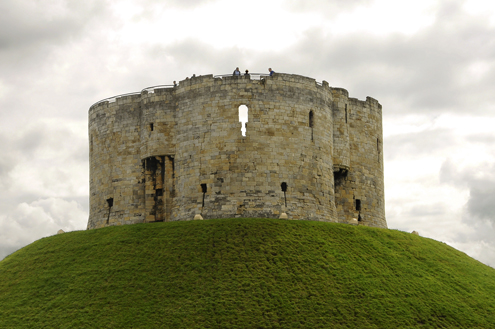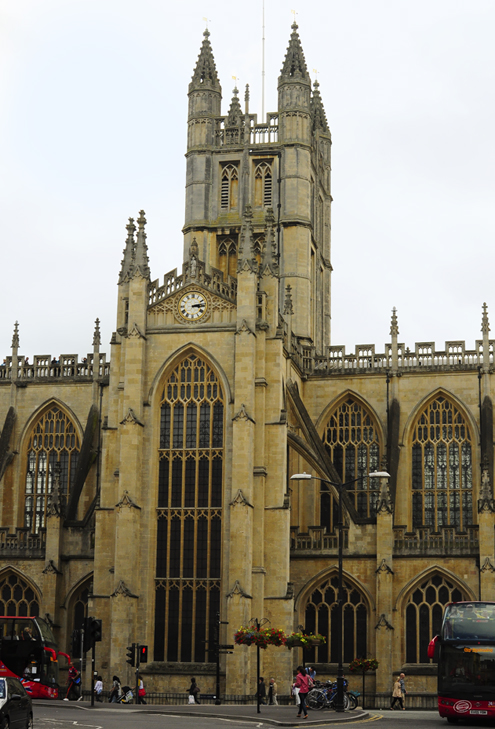Over the weekend, we visited Cambridge, England. Just 60 miles north of London, Cambridge is famous for its prestigious university that just about dominates the city.
Cambridge University was established in 1209, as early records suggest. Many of the world’s most important scientific discoveries were made by Cambridge alumni, such as the structure of DNA, the splitting of the atom, and the discovery of the electron. It is a fascinating place rich in history, ancient architecture, and eager learners.
The University has 31 colleges, each with its own facilities (library, courtyard, chapel, housing, etc.), that operate independently of one another. Here a few of the colleges and sights from our visit…

King's College Gatehouse and King's College Chapel (on right)

King's College Chapel (side view)

King's College Chapel at end of Trinity Lane
King’s College Chapel seems to be more famous than its college. Many feel it is the most impressive building in Cambridge, as it is one of the best examples of late Gothic architecture in England. Started by Henry VI and finished by Henry VIII in 1515, its incredible fan vaulted ceiling and stained glass windows are a testament to the fine craftsmanship of the times. We were fortunate enough to be there during evensong when the King’s College Choir filled the extraordinary space with sound.

Henry VIII - Founder of Trinity College
Trinity College’s founder, Henry VIII, stands high above Trinity Gate, as you enter the University’s biggest college. This college was founded in 1546.

Trinity College Great Court
The Great Court at Trinity College is considered to be the largest of its kind. It is a college tradition to race around the courtyard (approximately 370 meters) and try to beat the clock’s 24 high noon bells before they stop ringing in about 43 seconds. The Great Court Run, as it is aptly named, was featured in the film Chariots of Fire. (Incase you’re wondering—no, we didn’t attempt to beat the clock’s bells.)

A Descendent of Newton?
This lone apple tree is reputedly a descendent of the tree that stood in (Cambridge grad) Sir Isaac Newton’s garden, which eventually lead to his theory of gravity.

Corpus Clock
Designed by alumnus John Taylor, the Corpus Clock is a striking, gold-plated, steel timepiece on the northwest corner of Corpus Christi College. It was unveiled in 2008 by Stephen Hawking, another Cambridge grad. The green, metal grasshopper at the top, called the Chronophage, appears to not only “eat time” but also grab the attention of passersby.

St. John's College Chapel (on right)

St. John's College New Court
St. John’s College, established in 1511, is said to be one of the University’s most photogenic colleges.

Bridge of Sighs at St. John's College
The covered Bridge of Sighs crosses the River Cam and links two quadrangles at St. John’s.

Mathematical Bridge (the popular name) over the River Cam
The simply named Wooden Bridge joins the two halves of Queen’s College. It is an interesting and curious structure that comes with popular tales about its origin—one claims it was built by Isaac Newton, another claims it was built without nuts or bolts. What we do know, however, is that it was built in 1749 by James Essex (Newton died in 1727) and the popular name “Mathematical Bridge” is due to the mathematical arrangement of the wood (which I will not try to describe here).

Punting on the Cam
If you’re wondering what these folks are doing, well, they are “Punting on the Cam.” You can hire one of the long, narrow, flat-bottom punts and propel yourself, using a long pole, down the River Cam. I’m sure it’s a great way to see the city, once you get the hang of it.

A View of Pembroke College
We enjoyed our visit to this historic university town. It was an “educational” experience.





































